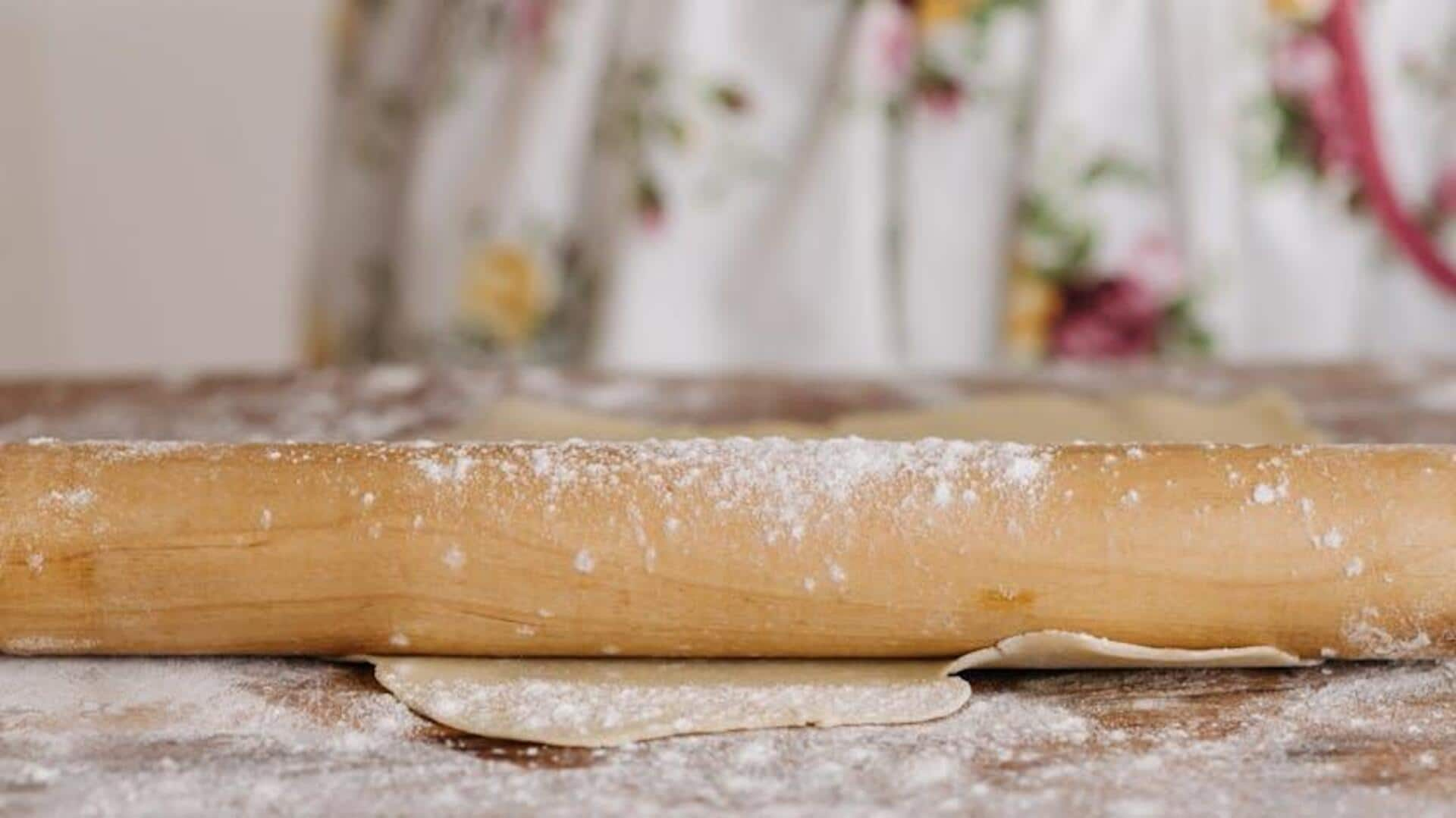
Master dough-kneading with these simple tips
What's the story
Kneading dough is an essential skill for every home baker. It is the key to developing gluten, giving bread its structure and texture. But, kneading can be a bit tricky for beginners. With a few simple tips, you can master this technique and improve your baking skills. Here are some practical insights to help you knead dough like a pro, ensuring your bread comes out perfect every time.
Technique
Use the right technique
Using the right technique is key to effective kneading. Start by placing your hands on the dough and push it away with the heel of your hand. Fold it back over itself, and give it a quarter turn. Repeat this process until the dough is smooth and elastic. Don't forget to keep your hands lightly floured to stop sticking, but don't overdo it as excess flour can dry out the dough.
Timing
Know when to stop
Knowing when to stop kneading is essential. Over-kneaded dough can become too tough, while under-kneaded dough won't rise properly. A good rule of thumb is to knead until the dough is smooth, elastic, and springs back when poked gently with a finger. This usually takes about ten minutes by hand or five minutes with a stand mixer on low speed.
Flour usage
Use minimal flour
While it's tempting to use a lot of flour while kneading, it's best to keep it to a minimum. Too much flour can change the texture of the bread, making it dry and crumbly. Instead, use just enough flour to keep things from sticking to the surface and your hands. If you see that the dough is too sticky, add small amounts of flour gradually until you get the desired consistency.
Resting period
Allow for resting time
Resting periods are important in bread-making as they allow gluten strands to relax, making the dough easier to shape later on. After initial kneading, let your dough rest covered for about 30 minutes before shaping it into loaves or rolls. This short break helps improve elasticity without requiring more physical effort during kneading sessions.
Practice tips
Practice regularly
Like any skill, regular practice makes perfect when it comes to kneading dough effectively every time you bake at home. Set aside time each week dedicated solely towards honing this technique, whether making pizza crusts or artisan loaves from scratch, using different recipes, experimenting with variations, until you feel confident enough to tackle more complex projects down the line.